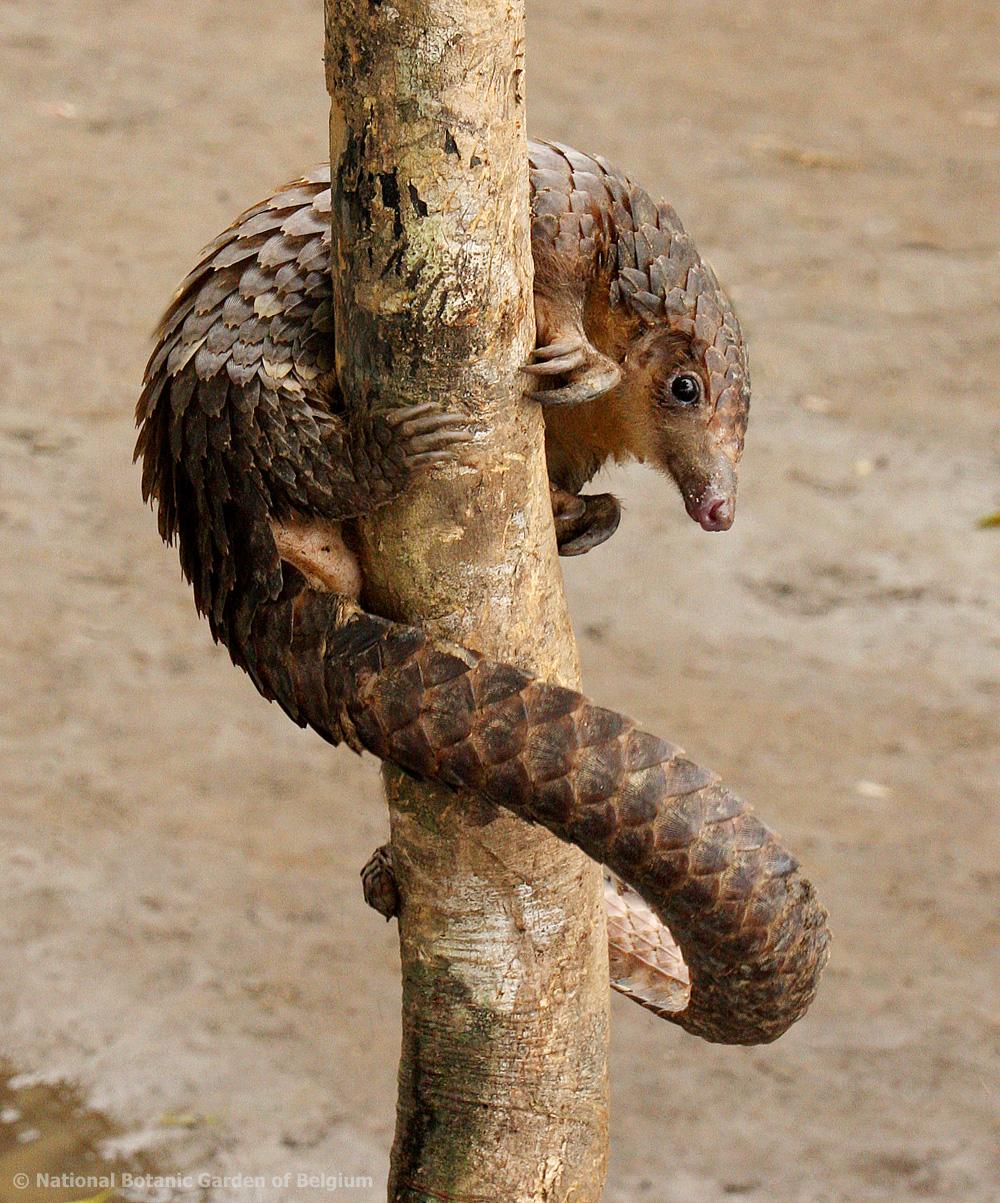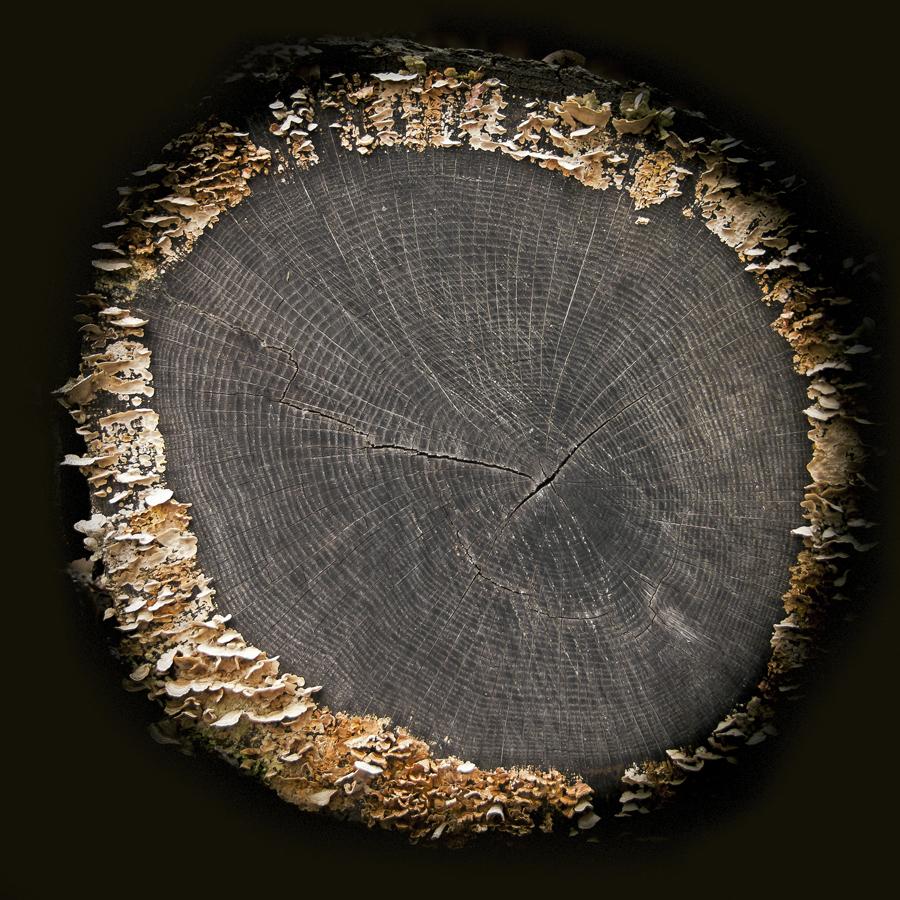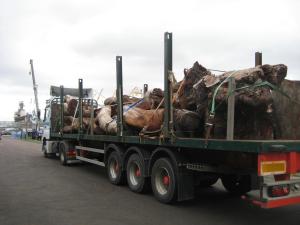Wildlife trafficking is a growing epidemic. A market for exotic birds and rare seafood delicacies is exploding in Latin America. In Southeast Asia, the rising trade in pangolins – the most trafficked animal on Earth – has driven the small mammals to the brink of extinction, with hunters now pursuing African pangolins to satiate the Asian market. And poachers are decimating populations of rhinos, elephants and more throughout Africa.
Illegal logging is also on the rise in some regions. Reports from the last few years have shown that illegally sourced timber is still exported frequently from Peru, and customs data from Vietnam revealed in May that despite a blanket ban on timber imports from Cambodia trade continues at an alarming rate.
These two crises are closely interlinked—and so are the emerging strategies to combat them.
Crimes with Similar Attributes

The crimes of illegal logging and wildlife trafficking are very similar. Both are driven by demand for high-value, rare items: rhinoceros horn, rosewood and pangolins among them. Just as the ivory trade is linked to human rights abuses, violence and organized crime, so is the illegal timber trade in many parts of the world. Criminal organizations in Latin America that have long histories of drug smuggling or human trafficking are now heavily involved in environmental crimes, including wildlife trafficking, illegal logging, mining and even dumping of hazardous waste. In other words, organized crime has become a huge driver of environmental damage.
Catching Criminals with Technology

Technological developments in the last decade are spurring systems that can prevent and detect illegal logging, trace timber through supply chains and analyze DNA to determine the species and geographic origin of wood products.
Similarly, advanced technologies are emerging to track illicit wildlife crime. Information about the routes through which commodities like ivory, which serves as currency for many terrorist groups in Central Africa, are trafficked can help law enforcement follow these criminal networks. In 2012, National Geographic planted a false elephant tusk embedded with a GPS chip in a load of ivory in Central Africa. Scientists then tracked the truck for weeks on its journey through three countries.
The Wildlife Crime Tech Challenge rewards innovative science and technology solutions that tackle specific wildlife trafficking issues. Several of the prize-winning technologies can also help combat illegal logging:
- Surveillance. e-Eye is a solar-powered, remote-controlled surveillance system. Useful in areas inaccessible to rangers, as it can provide live video and monitor areas prone to human-wildlife conflict. The National Tiger Conservation Authority of India has launched a pilot project successful in reducing the number of unauthorized intruders in the park. This technology could also be used to track and prevent illegal logging.
- Genetic tracking. A team at the University of Washington’s Center for Conservation Biology is creating a map of pangolin species by accumulating DNA from wild pangolins. When a poached pangolin is found, they can compare its DNA to the map and discover where the animal was seized. This approach has already been successful with ivory, and a DNA database project is currently being tested with highly trafficked species of macaws and tree frogs in Mexico. Similar techniques are beginning to be applied for wood, which can be extremely helpful when attempting to differentiate between similar species of timber, with research funding for more on the way.
- Confidentiality for whistleblowers. The National Whistleblower Center (NWC)’s Global Wildlife Whistleblower Program provides a secure, confidential platform where people across the globe can submit reports to U.S. authorities. (Individuals who report crimes including illegal wildlife trafficking, illegal logging, and illegal fishing are entitled to receive financial rewards under American laws including the Lacey Act and the Endangered Species Act)
- Digitization of records. Currently, there is no system in place to analyze shipments for individual species in real-time. However, a tablet-based method invented by the New England Aquarium will help fill this void by immediately digitizing documentation and conducting real-time forensic analyses to assess the probability of illegalities within the shipment, including identifying the CITES status of a species. This will eliminate the need for inspectors to sift through reams of paperwork and allow them to act more quickly.
Progress Already Afoot
We are already seeing progress in how technologies that were previously used for identifying fauna, including DNA analysis of trafficked ivory, are now being used to identify illegally logged timber. Just as DNA work in ivory has led to identifying poaching hotspots, DNA evidence helped punish several timber thieves in Washington State to settle out of court in 2015.
As technologies advance and are integrated into monitoring and enforcement systems, life will become much riskier for those who plunder nature for profit.


